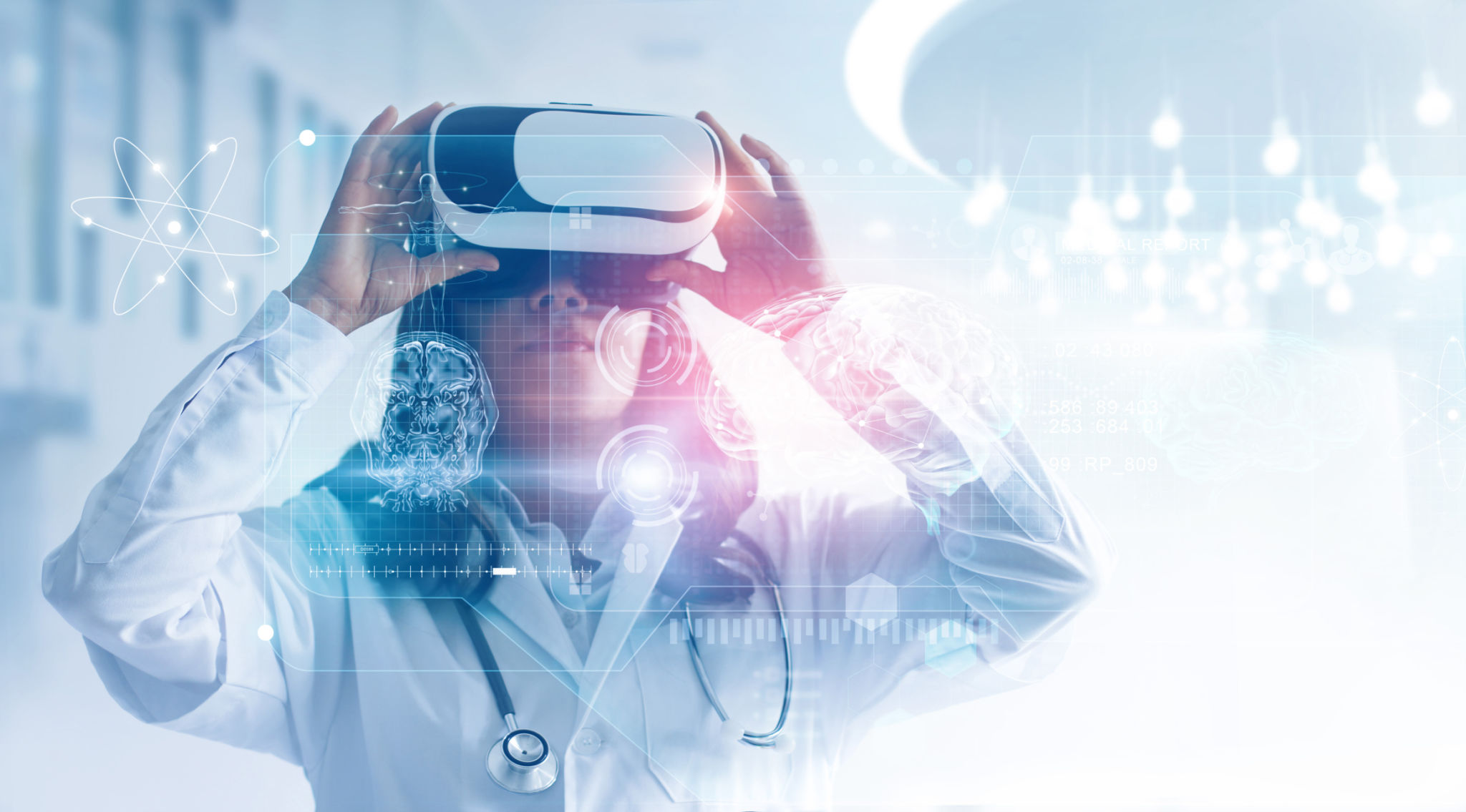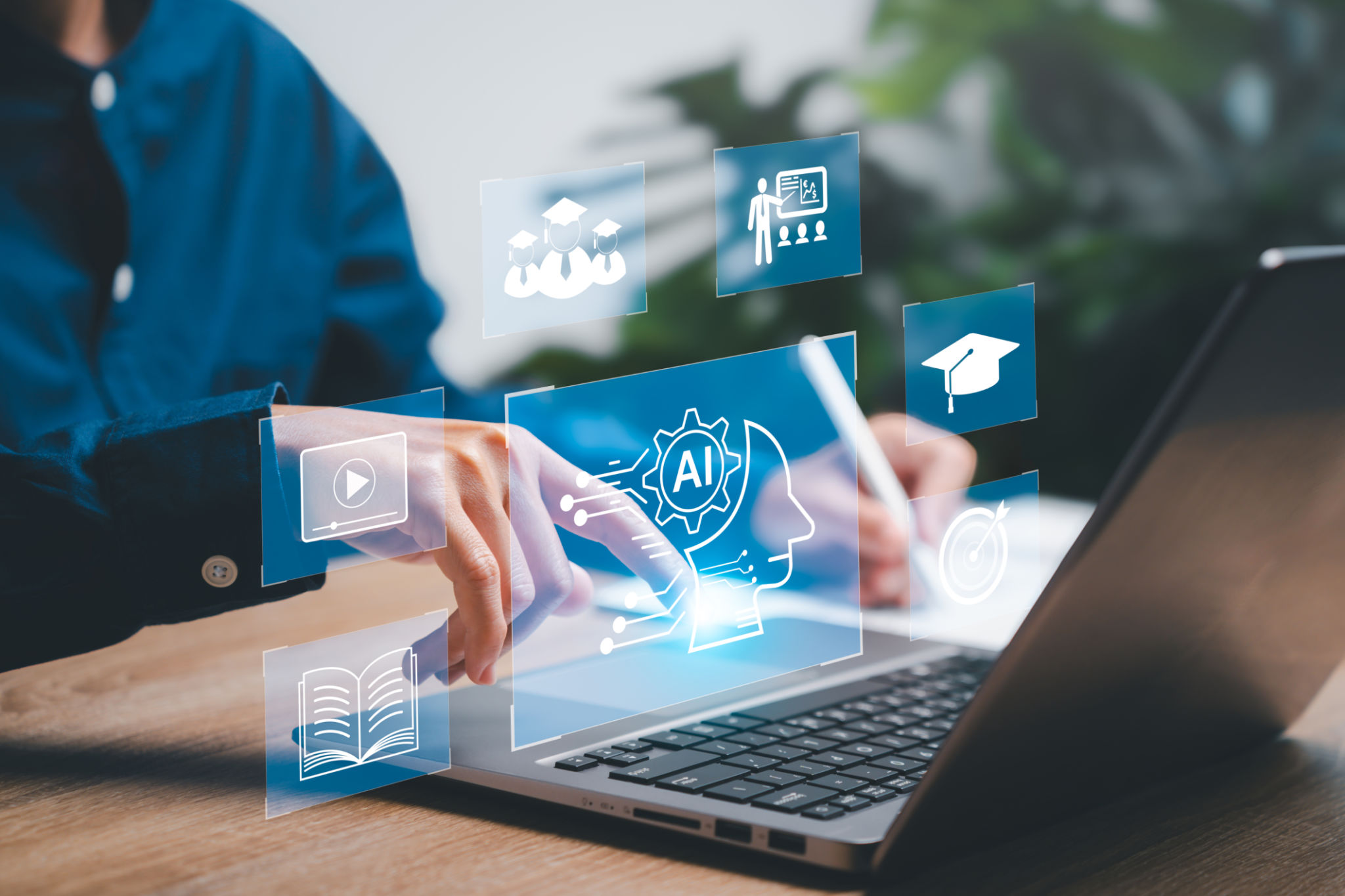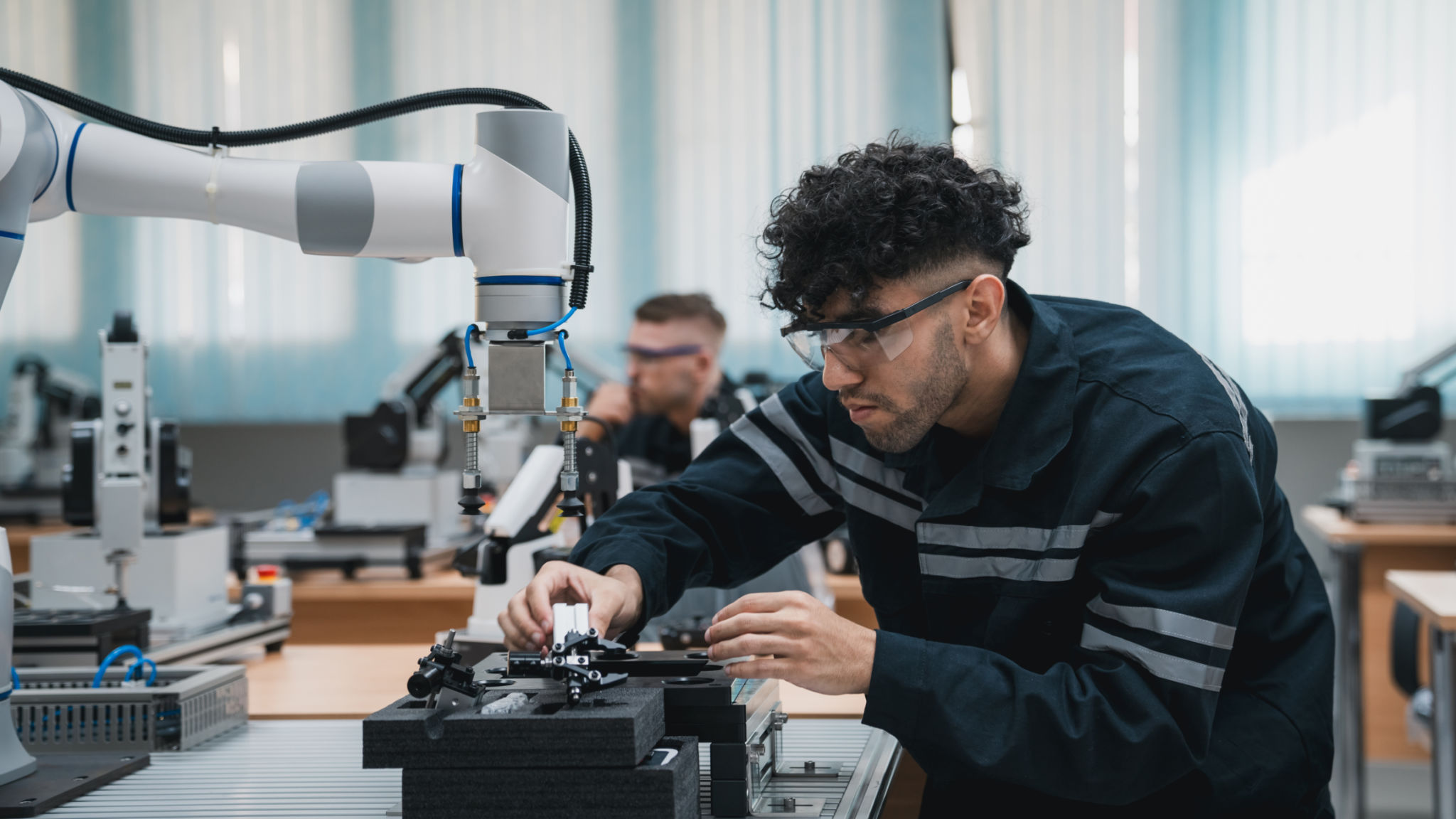Top 5 Science Learning Trends to Watch
Embracing the Future: Top 5 Science Learning Trends
As technology continues to evolve, so too does the landscape of science education. Educators are constantly seeking innovative methods to engage students and enhance their understanding of complex scientific concepts. Here are the top five science learning trends to watch in the coming years, each promising to transform how students learn about the world around them.
1. Virtual Reality (VR) and Augmented Reality (AR)
Virtual Reality (VR) and Augmented Reality (AR) are revolutionizing science education by providing immersive learning experiences. Through VR, students can explore environments that would otherwise be inaccessible, such as the surface of Mars or the inside of a human cell. AR allows learners to overlay digital information onto the physical world, making abstract concepts more tangible and easier to understand.

These technologies foster a deeper understanding by engaging multiple senses and catering to various learning styles. As VR and AR become more accessible, their integration into science curriculums is expected to grow exponentially.
2. Gamification in Science Education
Gamification involves incorporating game-like elements into educational contexts to increase student engagement and motivation. In science education, this approach can transform traditional lessons into interactive challenges that encourage exploration and experimentation. By utilizing scoring systems, badges, and leaderboards, students are motivated to achieve specific learning objectives while enjoying the process.
Research has shown that gamification can improve retention rates and foster a positive attitude towards learning. As educators continue to recognize its benefits, gamification is set to become a staple in science classrooms worldwide.
3. Personalized Learning through Artificial Intelligence (AI)
Artificial Intelligence (AI) is paving the way for personalized learning experiences in science education. AI-powered platforms can analyze student performance data and adapt lessons to fit individual learning styles and paces. This customization ensures that each student receives the support they need to succeed, whether they are struggling with basic concepts or ready for advanced challenges.

The use of AI in education not only enhances learning outcomes but also provides educators with valuable insights into student progress, allowing for more informed teaching strategies.
4. Citizen Science Projects
Citizen science projects involve public participation in scientific research, allowing students to contribute to real-world studies and gain hands-on experience. These projects connect learners with professional scientists and offer opportunities to engage with authentic data collection and analysis.
Participating in citizen science fosters a sense of responsibility and encourages students to apply classroom knowledge to solve real-world problems. This trend is gaining popularity as it empowers students to take an active role in scientific discovery.
5. Interdisciplinary STEM Approaches
The traditional siloed approach to teaching science subjects is giving way to interdisciplinary STEM (Science, Technology, Engineering, and Mathematics) approaches. By integrating these disciplines, educators can provide students with a holistic understanding of how scientific concepts interrelate and apply in various contexts.

This approach encourages critical thinking, creativity, and problem-solving skills—key competencies for future careers in science and technology fields. As the demand for such skills increases, interdisciplinary STEM education will continue to be a significant focus in science learning environments.
In conclusion, these emerging trends in science education are poised to reshape how students engage with scientific content. By embracing these innovations, educators can better prepare learners for the challenges and opportunities of the future.